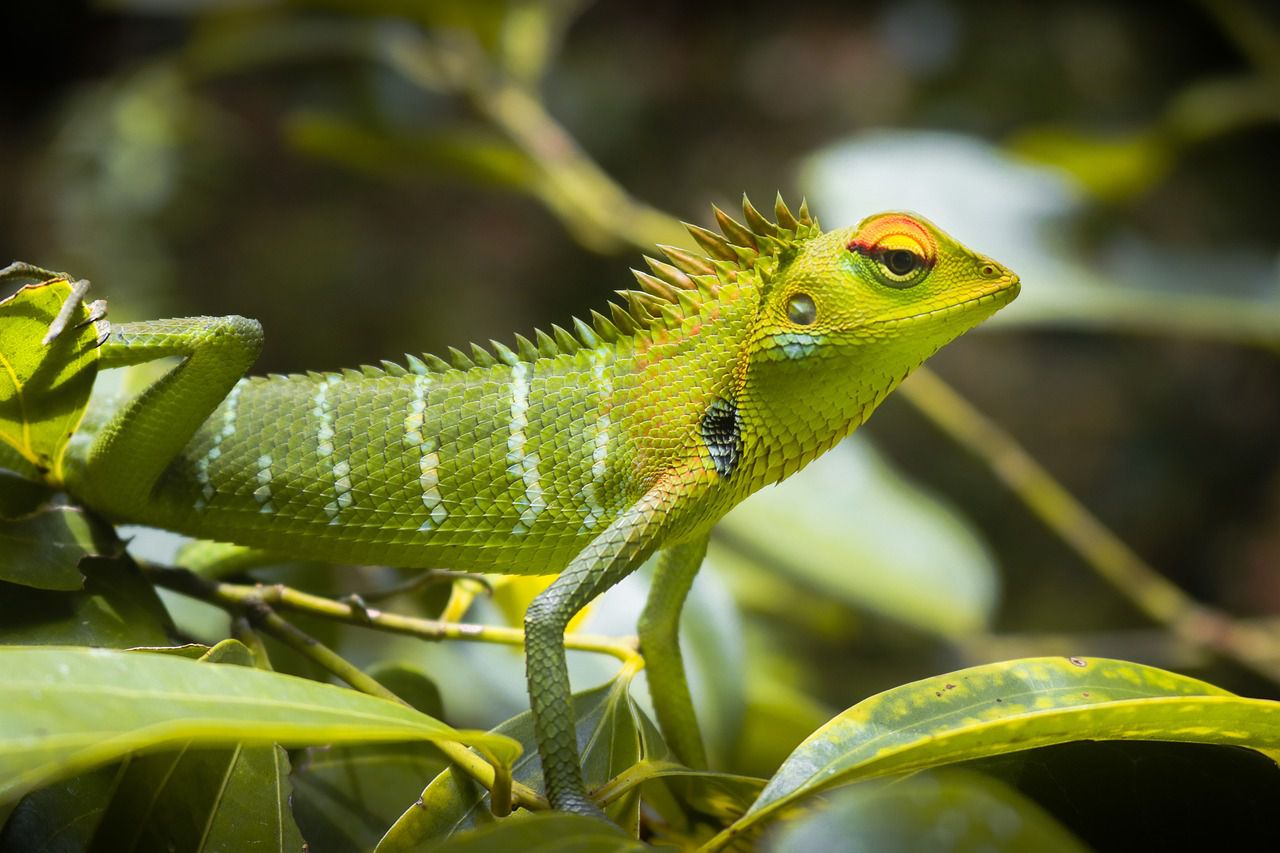Lizards have an ability to grow new tails - isn't it amazing?
Many lizards have the remarkable ability to grow new tails multiple times, a phenomenon known as autotomy and regeneration.
Let's find out more!

Why they do that
When threatened by predators or other dangers, certain lizard species can detach their tails voluntarily, leaving the tail twitching as a distraction while the lizard makes its escape.
This is an effective survival strategy, as the tail often captures the predator's attention, allowing the lizard to flee to safety.
The severed tail continues to twitch due to nerve reflexes and may even continue to move for some time after detachment.
However, this tail is no longer connected to the lizard's body and eventually stops moving.
How their regeneration works
Following tail autotomy, the lizard's body undergoes a regenerative process.
Specialized cells at the site of detachment start proliferating and forming new tissue to develop a replacement tail.
Over time, blood vessels, muscles, cartilage, and sometimes even bones regenerate, resulting in a new tail that may look similar to the original one.
The regrowth of a lizard's tail typically takes several weeks to months, depending on the species and environmental conditions.
The regenerated tail might not be identical to the original in terms of color or scale pattern, but it serves the purpose of providing balance, communication, and defense, just like the original tail.
It's important to note that not all lizard species exhibit tail autotomy and regeneration.












